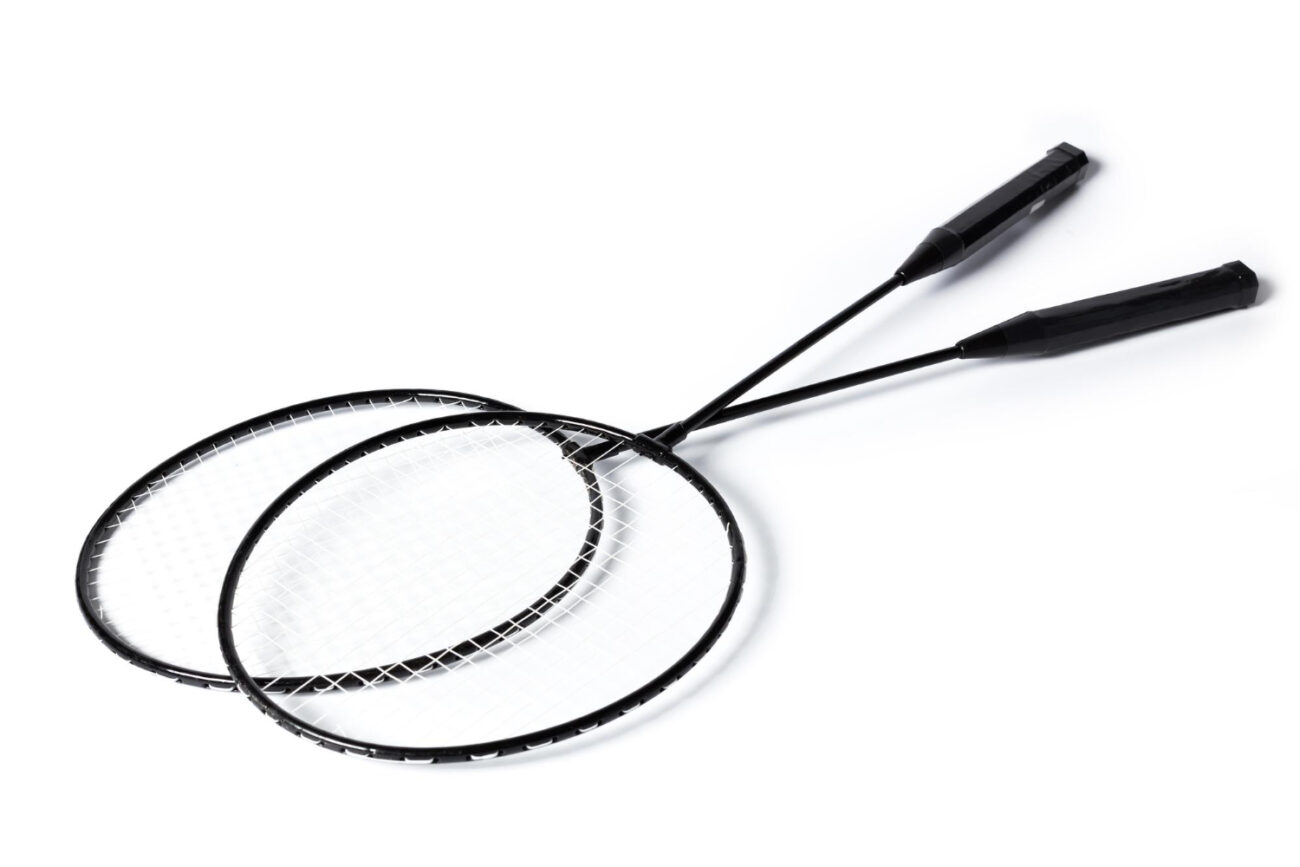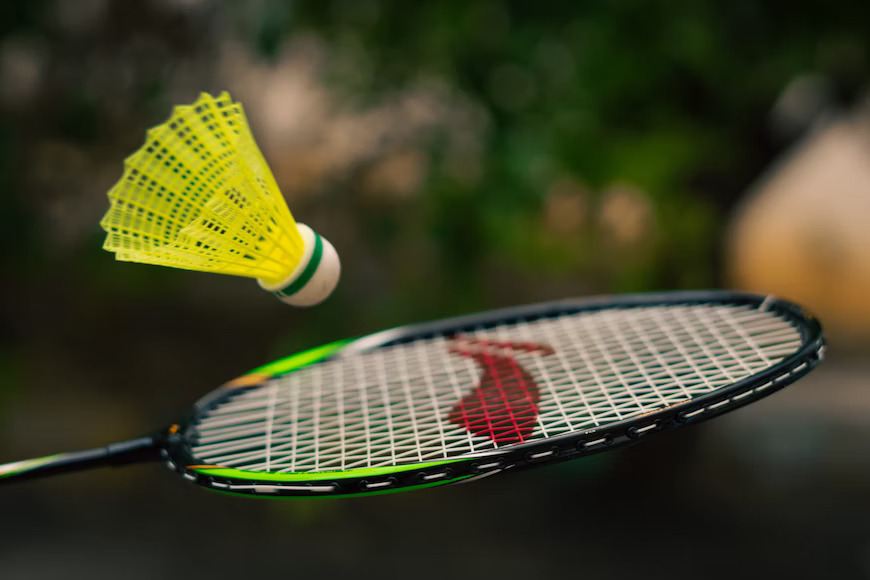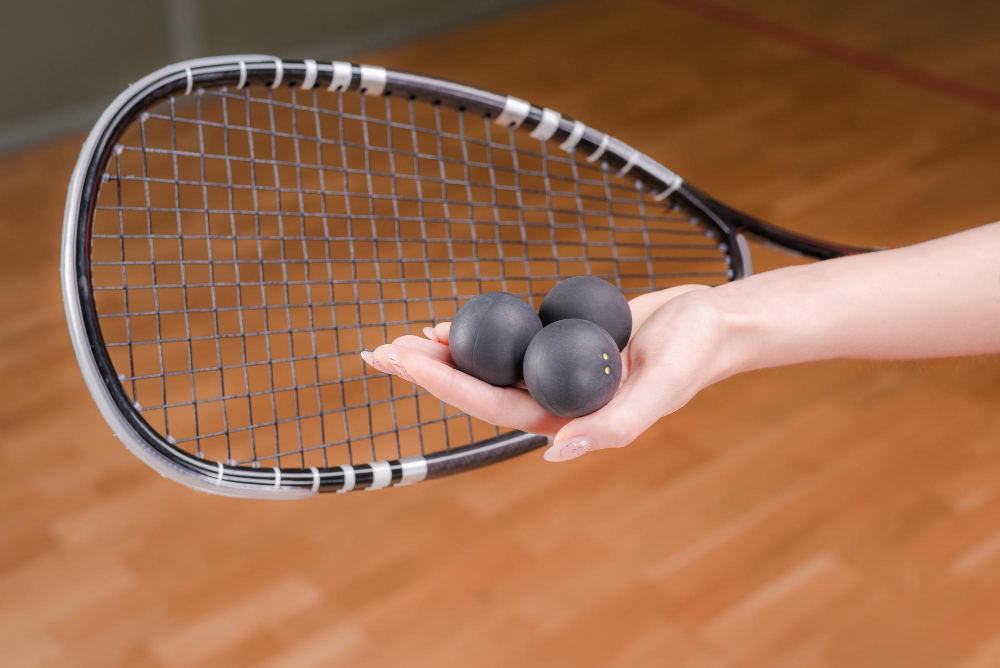In badminton, the service rules and regulations play a crucial role, not just as a way to start the rally but as a key strategic element that can influence the outcome of the match. A well-placed serve can create pressure and set up the rally in your favour. To ensure fair play and consistency, the Badminton World Federation (BWF) has established clear service rules that all players must adhere to. This guide will break down these regulations, including recent updates, and offer tips to help you refine your service technique and improve your overall badminton game.
Tips to master the serve in Badminton
Both feet must remain in contact with the floor when hitting the shuttle
In badminton, both the server and receiver must ensure that part of both feet remains in contact with the ground until the shuttle is struck. During the serve, you are not allowed to lift or move either foot off the floor before hitting the shuttle, though minor adjustments like pivoting in place are permitted. Similarly, the receiver must keep their feet grounded until the serve is completed, preventing early movement or anticipation. This rule promotes stability and balance while ensuring fair play, as neither player can gain an unfair advantage by moving prematurely.
Your feet must not make contact with any of the court lines
When serving or receiving in badminton, it’s important to ensure that your feet are not touching any of the court lines. You are allowed to position yourself anywhere within your designated half of the court, including the tramlines (side alleys used in doubles), as long as you remain inside the boundaries and do not make contact with any lines. Standing on or outside the lines while serving in badminton or receiving will result in a fault. These service rules in badminton ensures that players maintain proper positioning and adhere to the court’s boundaries during crucial moments of play.
You must hit the cork, not the feathers
According to the Badminton World Federation (BWF), the shuttle’s base, known as the cork, must be struck during the first service. This rule in badminton was introduced to prevent players from gaining an unfair advantage by hitting the feathers before the cork, which would create excessive spin and unpredictable flight patterns, making it difficult for the opponent to return the shuttle. Striking the feathers first also likely contributed to quicker wear and tear of the shuttles, reducing their durability. This adjustment ensures fair play and maintains consistency in the shuttle’s flight, preserving both the integrity of the game and the lifespan of the shuttle.
The entire shuttle must be hit below 1.15 meters
The BWF Laws of Badminton state that, “the whole of the shuttle shall be below 1.15 meters from the surface of the court at the instant of being hit by the server’s racket” (BWF Laws of Badminton 9.1.6). The rules and regulations was introduced in March 2018, this rule in badminton aims to improve the enforcement of service laws at BWF tournaments.
A service judge measures the height using a specific plastic device that aligns with two black lines. The Yonex All England tournament was the first World Tour event to apply this new regulation, which is now standard in all international tournaments.
However, the new rule in badminton has not yet been implemented in club or domestic tournaments, where the previous rule remains in effect. Under the old regulation, the shuttle must be below the server’s waist when struck, with the waist defined as an imaginary line around the body at the lowest point of the server’s bottom rib.
Additionally, the server’s racket must be angled downward at the moment of contact with the shuttle. It is still uncertain when or how the BWF will apply the new service rule in clubs and domestic tournaments worldwide, particularly since the measuring device will be required, along with an official to operate it.
The serve must be executed with a smooth, forward motion
Once you initiate your backswing, the serve must be performed as a single, uninterrupted motion. This means that there should be no pauses or breaks at any stage of the serving action. For instance, an illegal serve occurs if the player halts at the backswing before proceeding to hit the shuttle.
Similarly, if a player alternates between moving forward and backward multiple times prior to making contact with the shuttle, it also constitutes a fault. The intent of this rule in badminton is to ensure a fluid and continuous serving motion, which helps maintain the pace of the game and prevents players from gaining an unfair advantage by manipulating the timing of their serve.
Adhering to these rules and regulations for badminton is crucial for maintaining the integrity of the serve and ensuring fair competition.













